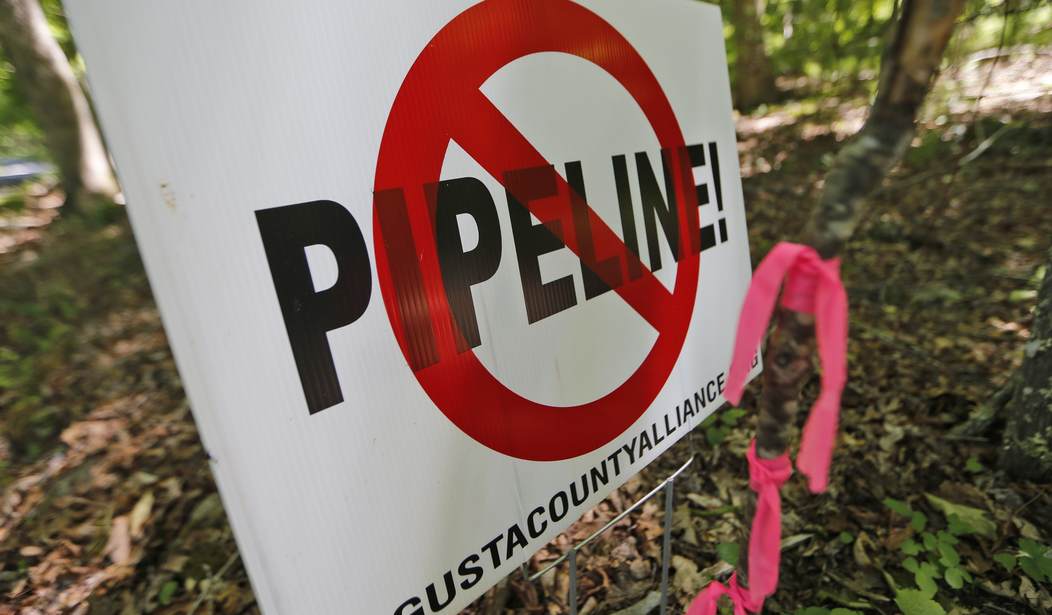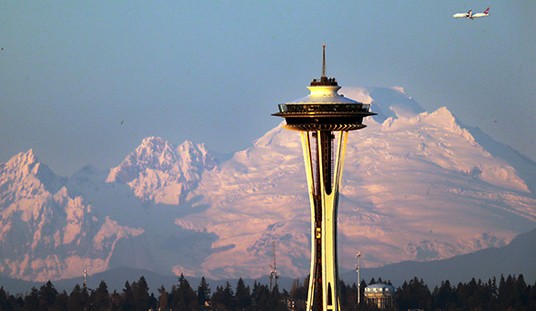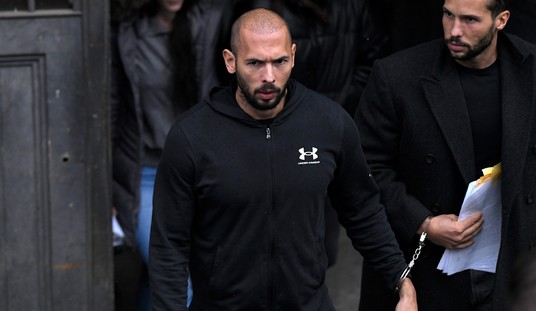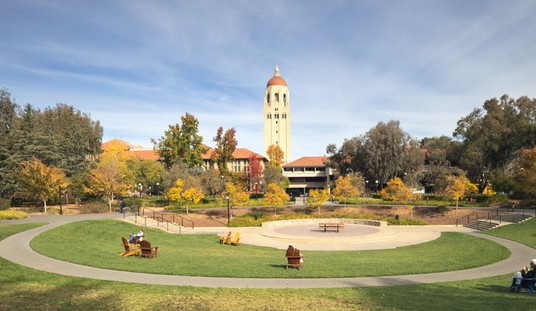All is takes is a bunch of vocal lunatics ruining their own states, and the horde of howling monkeys rattling the cage bars is enough to scare the rest of the sane people away.
That’s essentially what’s happening in the natural gas world right this very second. You may own a gas stove or furnace, and you may just adore that appliance, and your state may not even be outlawing the stuff that makes it get hot as all get out and works even when the electricity doesn’t.
But guess what?
The utility that sends that wonderous, gaseous fuel through the lines to your house is running scared, and they are already moving to divest themselves of what they see as a YUGE liability – owning natural gas pipelines.
Attack on gas appliances scaring utilities into selling pipeline operations.
Greens are a virulent cancer on our society.https://t.co/plclND4JIO
— Steve Milloy (@JunkScience) April 6, 2023
Whale of a headline there, isn’t it?
The current pitchfork and mob environment for the fossil fuel industry coupled with the general sense of instability surrounding anything to do with this administration has utilities trying to minimize their losses before they run into any.
…The potential sales come as lawmakers and regulators across the U.S. debate the future of natural gas for home heating and cooking as more towns and cities look to phase it out. Utilities are working to determine how to modify or repurpose their natural-gas delivery networks in response.
The electrification of homes and businesses is a key part of the Biden administration’s climate agenda. The Inflation Reduction Act passed last year includes tax credits to motivate the purchase of heat pumps and other electric appliances and fixtures, as well as the adoption of electric vehicles. Those shifts are expected to boost demand for electricity, which for years plateaued in the U.S. as a result of energy-efficiency improvements.
As a result, utilities are beginning to grapple with the likelihood that parts of their gas systems risk becoming stranded assets, or facilities that retire before they pay for themselves, as fewer homes and businesses rely on the networks of pipelines built to serve them.
It’s not just California, although they are leading the charge with local county regulations. New York, North Carolina – a number of states who have had efficient natural gas delivery systems in situ for generations are deep-sixing them for unicorn promises and electricity that can’t be generated yet.
…National Grid is one the largest utilities in the Northeast, where lawmakers are growing increasingly hostile toward fossil fuels. New York is poised this year to become the first state in the U.S. to pass a law banning natural-gas and other fossil-fuel hookups in new buildings, a step Democrats are pushing to help the state meet greenhouse-gas reduction targets. Meanwhile, Massachusetts last year passed a law that allowed some municipalities to move forward with ordinances prohibiting the installation of gas infrastructure in new construction and major renovations.
In the meantime, major pressure’s on from the Green scheme side of the house to chill out on all those darn permitting delays, regulations and fees. Dang it!
WE’RE THE FUTURE WAAH
Wind and solar power generators wait in yearslong bureaucratic lines to connect to the power grid, only to be faced with fees they can’t afford, forcing them to scramble for more money or pull out of projects completely.
This application process, called the interconnection queue, is delaying the distribution of clean power and hampering the U.S. in reaching its climate goals.
The interconnection queue backlog is a symptom of a larger climate problem for the United States: There are not enough transmission lines to support the transition from a fossil fuel-based electric system to a decarbonized energy grid.
Even the big banks, who no doubt have big bucks rolled up in this big pyramid scheme, are pressing for outright confiscation to clear the decks of all this red tape. I mentioned it the other day, but David did a great post on how J.P. Morgan/Chase’s chair Jamie Dimon just flat out said it’s time to let governments take what they think they need.
'You will own nothing and you will be happy.'https://t.co/Y9c9WuRccx
— Walkabout (@Walkabout24) April 5, 2023
Utilities and auxiliary interests see verbiage like that coming from who it’s coming from, and that gets attention. The urge to stop the bleeding before they get a cut kicks in, and they start off-loading what looks to be a liability in order to minimize exposure.
I mean, look what they’re up against.
If New York wants to meet its climate goals, the state’s gas utilities can’t stick to business as usual. Nor can they keep investing billions of dollars in maintaining and expanding the nearly 50,000 miles of gas pipeline they’ve laid over the course of the past half-century.
Instead, state regulators have to start acting now to force the nearly 150-year-old industry to undergo a “managed, phased transition” to a new carbon-free path — or the consequences could be catastrophic.
That’s the key takeaway of the Future of Gas in New York State report released last week by the nonprofit Building Decarbonization Coalition. It concludes that New York must not only halt existing plans to expand and maintain gas pipelines crisscrossing the state but also replace them with alternatives such as underground “thermal energy networks” and electric heat pumps and appliances.
Without a state-guided shift, New York won’t just fail to meet the decarbonization goals it passed into law in 2019, said Lisa Dix, the coalition’s New York director. “If we continue business as usual — which is what we’ve been doing since the climate law passed — we’re going to see ballooning costs, and a potential energy crisis, for New York gas customers,” she said.
That’s because gas utilities can no longer rely on decades of revenue from a growing customer base to pay off the costs of upgrading an aging and leak-prone pipeline network. Since the 2019 passage of New York’s climate law, the state’s gas utilities have spent $5 billion on infrastructure investments and identified $28 billion in pipeline replacement plans, the report states.
While those replacements reduce safety hazards and emissions from leaking gas, they also come at extraordinary cost, the report finds — between $3 million and $6 million per mile, depending on how costs are accounted for, or up to an average of $60,000 per customer served by the line being replaced.
Is your head spinning from the numbers yet? $60K per customer on that line. And that’s just one state.
“Catastrophe” doesn’t begin to cover it.
No. Just NO.







Join the conversation as a VIP Member